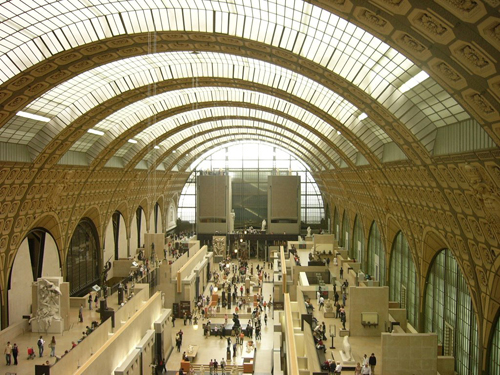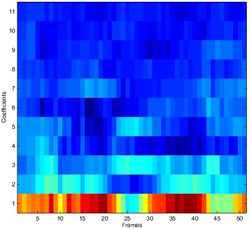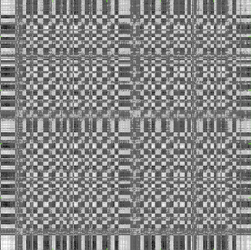03_2008
+++++++++++++++++++++++++++++++++++++++++++++++++++
The title means “reconstruction/regeneration” of an entity from a part of that entity itself. It refers to a continuous model of macrostructure and microstructure, which constantly regenerates from itself.
The piece explores complex behaviors of instrumental sounds. They carry listeners and performers beyond the reality of sounds. The music excludes harmony, melody, or even intervals. It rather seeks to give some kind of homogeneous and solid image of the sound. It is composed of gestures, joints, postures, rhythmic patterns, textures, and spectral changes. Together, this makes a unique composite sonic entity. Notes are abandoned in favor of changing complex sounds that can be oscillatory and explosive. Distortion noises and violence deliberately become intent, with their musical meaning. Unstable acoustic systems, the electronics, musicians, and the musical notation interact during the performance.
With Morphallaxis performers are making sounds; they are not simply playing sounds. They are like sculptors making gigantic statues using jeweler tools. They must be guided and inspired to succeed in the “best discovery”, to reach the sound at its best.
|
mfcc (Mel-frequency cepstral coefficients) |
self-similarity matrix |
The electronic part is both a mix of synthesized concrete sounds and abstract instrumental sounds. A program analyzes and classifies a large number of audio files by similarity. This analysis plays a catalytic role in all the compositional processes of the piece. A system using Max and the FTM library was used to develop and experiment information retrieval systems, musical segmentation and analysis algorithms. Such a system slightly differs from concatenative synthesis. Concatenative synthesis uses chops of sounds ordered one after the other (both horizontally and vertically) intending to build a new articulated sound. This technique usually uses databases of short sounds. It is an extension of the famous granular synthesis which usually randomly chooses its sounds. Panayiotis Kokoras interest is more orientated on an orchestration of acousmatic sounds rather instrumental sounds. By orchestration, I am talking about some kind of formalization or even automatization. There are several automatic orchestration tools like Orchidee using multi-level musical knowledge, multi-objective approach of timbre similarity and evolutionary metaheuristics for searching. But these tools are used for orchestral music and they are not really dedicated to electronic or electro-acoustic music. With morphallaxis, Panayiotis Kokoras and I worked on a timbral organization and classification of both acoustic and electronic sounds. That is the first possible step for an eventual formalization.
The paper Perspectives on the contribution of flute sound classification to musical structure was presented at CIM08.


